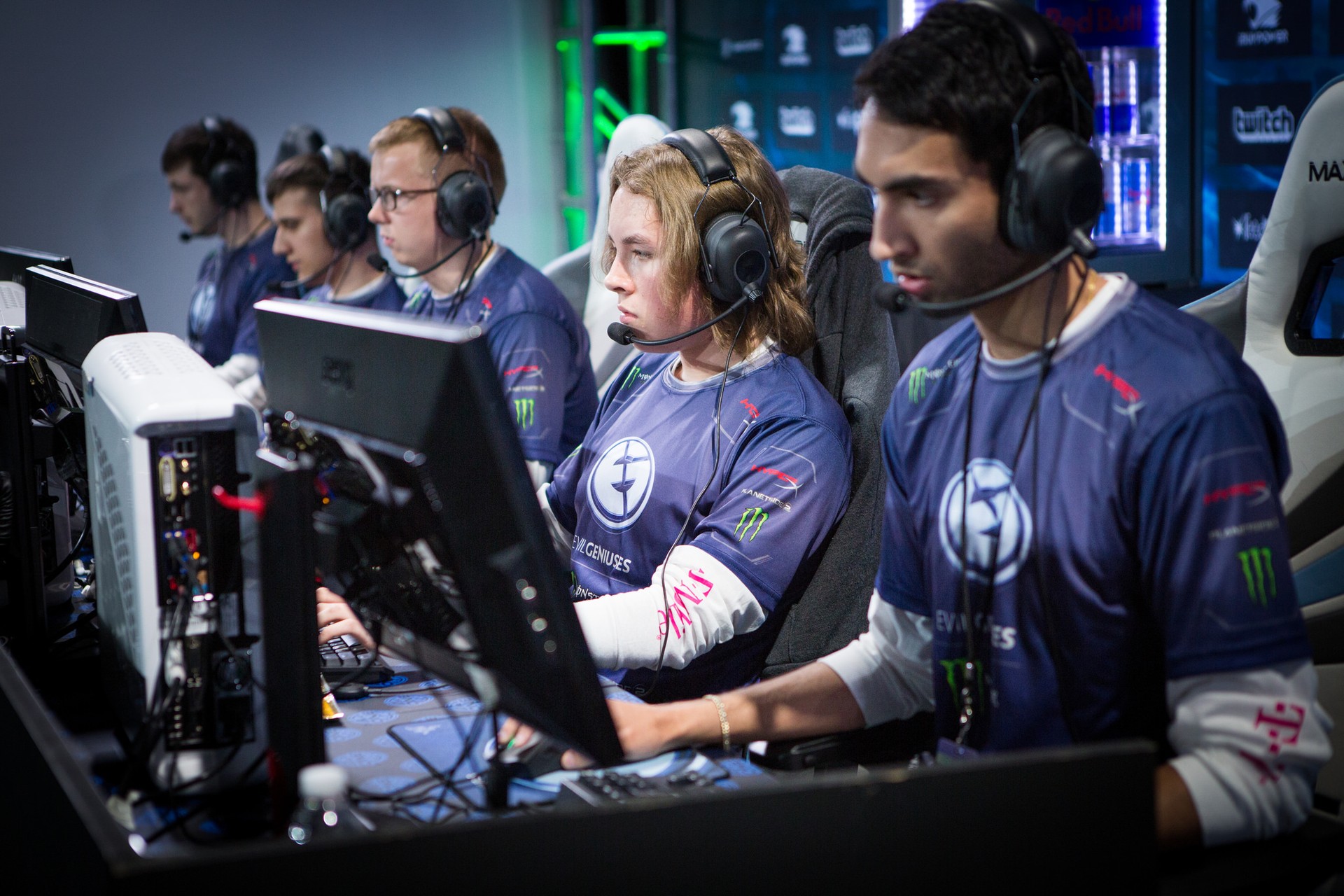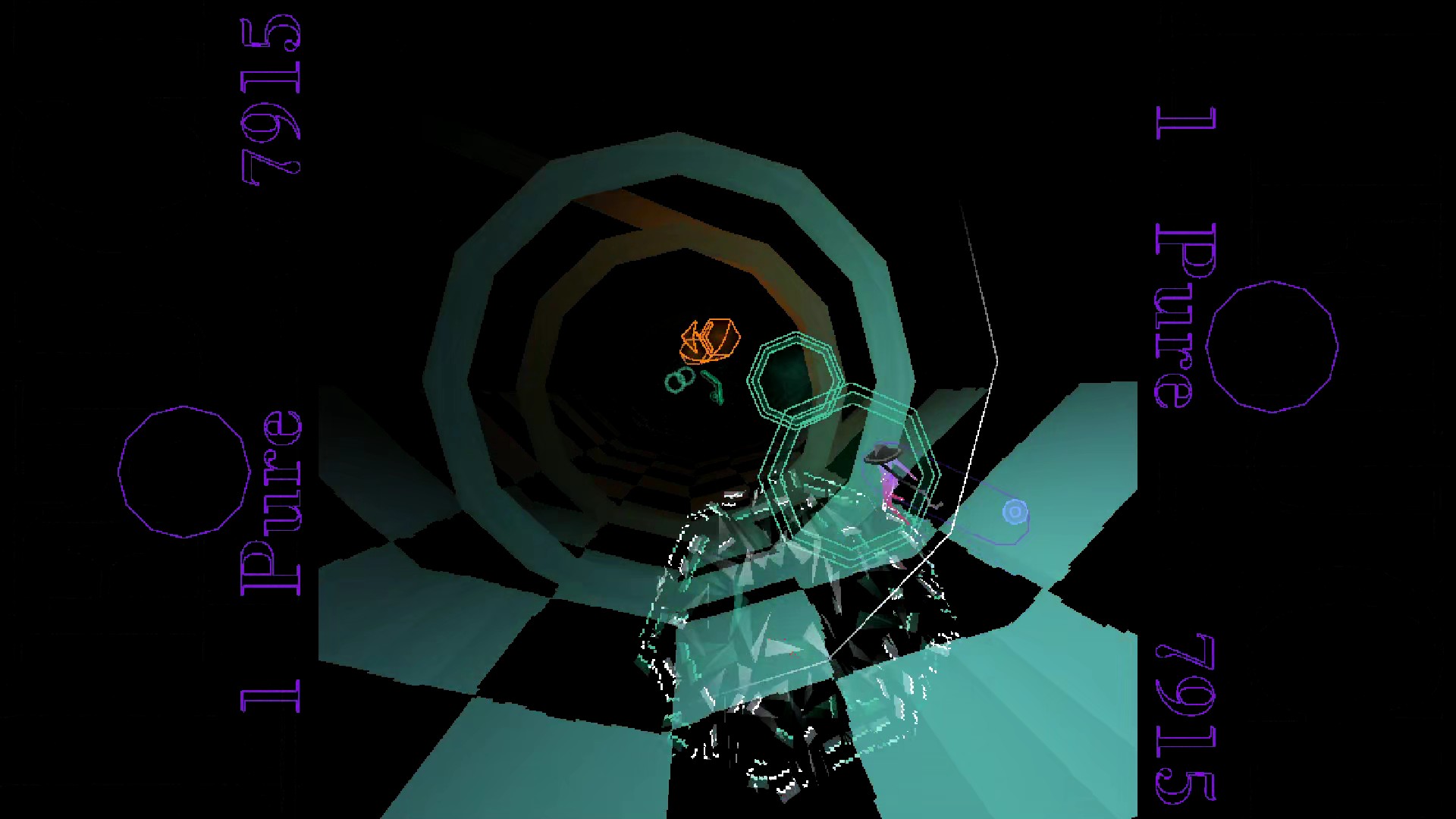Three Lane Highway: reflecting on ESL One New York

Three Lane Highway is Chris' weekly column about Dota 2.
Watching ESL One New York last weekend made me realise just how long ago The International was. I mean, sure, technically it's only been three months. You could say that, if you were going to be that guy. The guy with a calendar. In Dota time, though, three months is forever. This was one of the first major tournaments of the 6.82b (now 6.82c) era, and the first high-profile LAN in the west since the team shuffle process began after TI4. That great switcheroo is still ongoing, but for me this was the first time the game has felt anything close to stable in its new identity.
It was like watching a different Dota. Not simply because of the patch or the players but the effect that the two have in combination. Dota feels fresh again, a welcome sensation after the deathball doldrums that set in during the latter months of 6.81. This is in spite of a spate of embarrassing technical issues that riddled the tournament with interruptions. Maybe they helped, in fact: you've got plenty of time to ponder the state of the game when it's paused for two minutes out of every twenty.
Spoilers follow, naturally.
The long war
The best sets of the series– Alliance vs. EG in the quarter finals, EG vs. Vici in the grand final–were defined by games that the casters simply couldn't call until deep into the midgame. This was extraordinarily rare in the previous patch, and demonstrates that the update has been successful in holding off the '8 minute GG' issue (at least for the time being). Longer, closer games mean that greater emphasis is placed on super-lategame carries, as demonstrated by Loda in Alliance vs. EG game two. Vici's Black^ said afterwards that this patch was going to be about three-core strategies with a single farming hard carry, and TobiWan put it a different way when he described Vici's winning strategy as "four-create-space-for-one" (a twist on "four-protect-one").
What was striking about this change for me, however, was that matches haven't become more passive as they've gotten longer. In some cases the early game is less active than it used to be–it certainly doesn't outright the determine the rest of the game as it sometimes used to–but we're seeing more brilliant, close teamfights in the midgame as teams wrestle to claim map control. There's something to be said for game-determining teamfights–and they still happen–but I appreciate the number of close trades we saw, particularly in the final. It's funny that the solution to a game that was losing some of its drama was to effectively curtail the long-term signficance of certain engagements, but it really works for me. More fighting is better fighting, after all.
Keep up to date with the most important stories and the best deals, as picked by the PC Gamer team.
The age of the support
This general shift has interesting implications for support players. I've seen the argument made that 6.82's lategame focus makes supports less relevant as fewer matches are decided by early rotations, but I don't think that's quite right. A combination of interesting Aghanim's Scepter upgrades and more gold going to supports in general means more interesting plays coming out of position four and five later in the game. Vici Gaming more or less won the tournament on this basis, whether that's fy's Skywrath Mage saving Super's Ember Spirit with an Ethereal Blade or the same player picking up Diffusal Blade on Sand King in two separate matches to counter Omniknight's Repel. I'd probably argue that Vici Gaming won the tournament because of fy in general, but there you go.
It's great to see lategame supports being given more to do than 'get your ult off' and 'don't die'. There seems to have been an increase in the skill ceiling of the role in general, and I love that many of the biggest plays are coming out of heroes with no gold in their pockets. It will, inevitably, take a long time for this line of thinking to filter down into pub play–if it ever does. But with the rise of Omniknight as a ranked matchmaking 'win' button and Jakiro's steady shift from support to core, there's a rethink coming that should hopefully impact how people perceive these characters and their importance to the game.
Despite this, many people will still first-pick Faceless Void.
Size isn't everything
In terms of the game itself, then, ESL One NY convinced me that the next couple of months are going to be really exciting. The heroes that have clung to their top-tier positions from one patch to the next–Brewmaster in particular–are generally the ones that are the most entertaining to watch, and I'm happy to see Razor and Death Prophet (slowly) make their way back into the box of spares.
On the other hand, the tournament highlighted a few things about the growth of the sport in general that aren't entirely positive–and I'm not just talking about the technical issues. The choice of venue is a sticking point for me. E-sports have always chased the old-media legitimacy that comes with being on TV or occupying a famous venue, but I'm not convinced that 'old-media legitimacy' is something that anybody actually wants. Going for Madison Square garden might have got Dota into the New York Times, but is that the real measure for success here? When high ticket prices and limited spaces are the consequence of a high-profile venue, I'm not sure it's the best thing for the game.
As Dota grows I hope organisations like ESL see the importance of balancing prestige venues with locations that support the volume of people who want to see Dota live–and who want to do so affordably. The Commerzbank Arena where ESL One Frankfurt was held was actually a good balance of the two, in that regard. It's possible to have both, but I believe that the entertainment value of Dota is substantial enough that it doesn't need the extra flare all of the time. It's natural for a new form of entertainment, particularly such a generational one, to look to adopt the trappings of the things that preceded it. Traditional sport established our model for what success looks like. But because this is a new and generational medium it is an opportunity to challenge a few paradigms–and high ticket prices are one of them.
Which is not to say that Dota hasn't earned its place in Madison Square Garden, nor does it undermine the effort expended to get it there (and to make everything work, most of the time.) There is a real opportunity here, however, to serve the Dota community with events that lots of people can get to–to the point where live Dota is a natural part of the hobby, and not an exceptional extravagance available only to the fortunate.
To read more Three Lane Highway, click here.
Joining in 2011, Chris made his start with PC Gamer turning beautiful trees into magazines, first as a writer and later as deputy editor. Once PCG's reluctant MMO champion , his discovery of Dota 2 in 2012 led him to much darker, stranger places. In 2015, Chris became the editor of PC Gamer Pro, overseeing our online coverage of competitive gaming and esports. He left in 2017, and can be now found making games and recording the Crate & Crowbar podcast.


